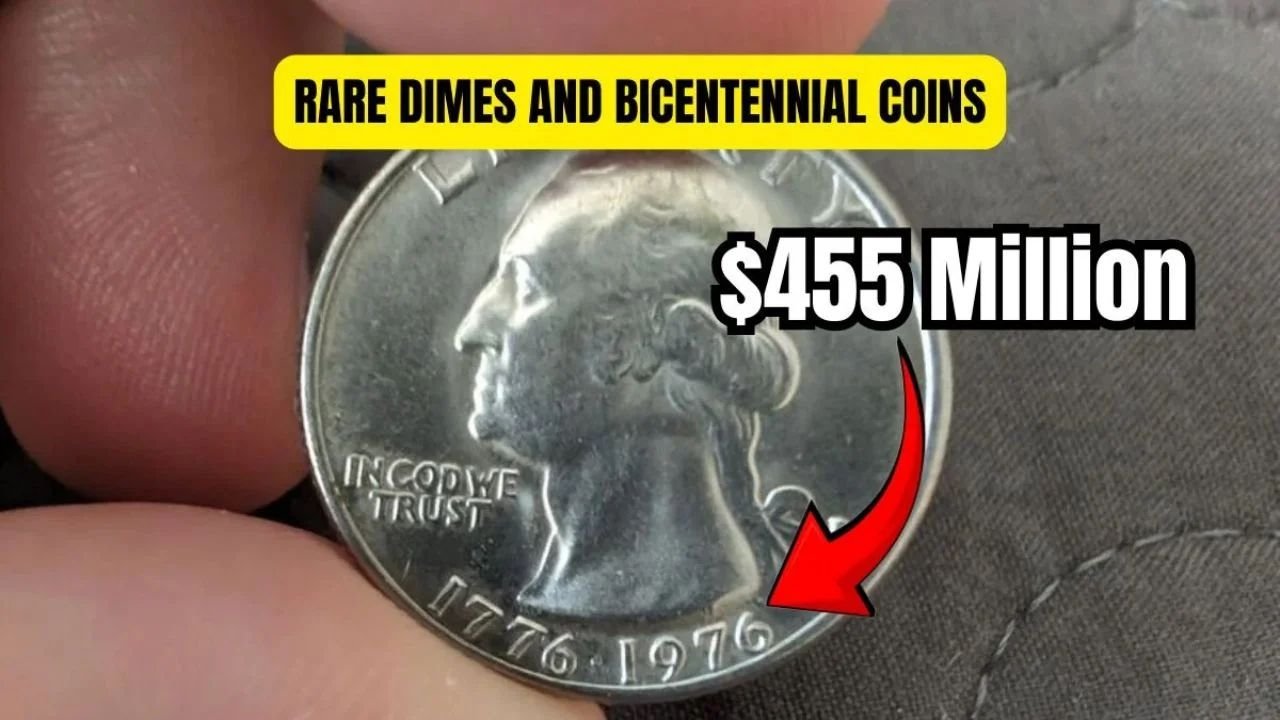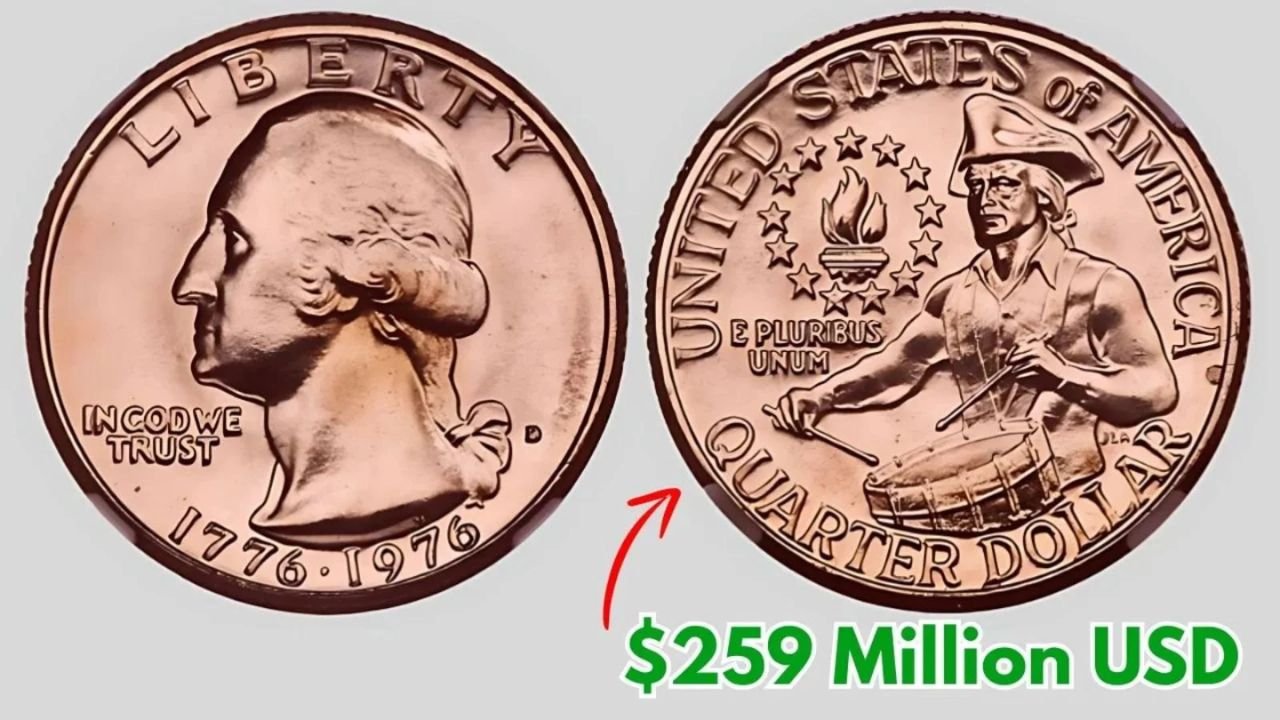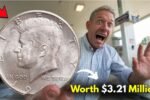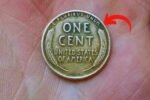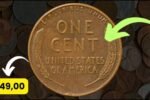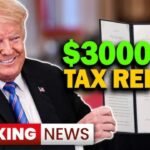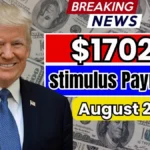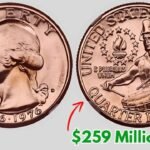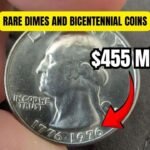Rare Dimes and Bicentennial Coins: Did you know the change in your pocket could be worth a small fortune? That’s right—rare dimes and Bicentennial coins still circulate in the U.S. today, and some are valued at hundreds of thousands—even millions—of dollars. While they might seem like everyday coins, they often carry stories of minting errors, historical commemorations, or extremely limited production.
In this article, we’ll explore the fascinating world of rare coins—particularly rare dimes and Bicentennial coins—their surprising values, and what to look out for. You might just be carrying a piece of history worth more than your paycheck.
The Hidden Value in Your Pocket
To most Americans, a dime is just ten cents. But coin collectors and historians know that certain dimes and Bicentennial quarters are worth a lot more. In fact, select rare dimes and Bicentennial coins still in circulation are estimated to be worth a combined $455 million. That’s a staggering number, and the best part is: they could be hiding in your change jar, wallet, or glove box right now.
These coins are valued for several reasons:
- Minting errors (like double strikes or missing mint marks)
- Limited mintage years
- Unique materials, such as silver cladding
- Special commemorative editions
Let’s dive deeper into the most valuable examples. Rare Dimes and Bicentennial Coins
1. 1976 Double Die Bicentennial Quarter – A $1 Million Coin
The 1976 Double Die Bicentennial Quarter is one of the most prized errors in U.S. coinage. The term “double die” refers to a slight doubling in the design—typically seen in the lettering or numbers.
Though minor to the untrained eye, collectors value this flaw greatly. When found in pristine, uncirculated condition, this coin can be worth anywhere between $350,000 to $1 million. If you spot subtle doubling in “LIBERTY” or the year, you might be holding a jackpot.
2. 1968 No-S Proof Dime – The $100,000 Mistake
Another treasure is the 1968 No-S Proof Dime. These proof coins were minted in San Francisco and were supposed to include an “S” mintmark. However, a few were released without it, making them extremely rare.
If you find one in flawless condition, it could fetch up to $100,000 at auction. Coin experts recommend checking any proof coins from the late 1960s carefully.
3. 1975 No-S Proof Dime – Among the Rarest Ever
The 1975 No-S Dime is arguably one of the most elusive U.S. coins ever produced. Proof coins from this year should have the “S” mintmark, but a small batch escaped without it.
Collectors consider this one of the rarest and most valuable rare dimes in existence. In excellent condition, this dime can sell for $350,000 or more. Only a handful have ever been found, making it a dream find for any enthusiast.
Also Read – New TVS Apache 160 4V Sports Bike: A Bold Challenger to Yamaha R15 in 2025
4. 1942/41 Over-Mint Dime – A Minting Mishap
Among historical minting errors, the 1942/41 Over-Mint Dime stands out. During World War II, a die from 1941 was reused incorrectly, resulting in a coin showing both 1941 and 1942.
This minting error makes the coin incredibly collectible. Prices range from $75,000 to $125,000, depending on grading. These dimes are living pieces of wartime American history.
5. 1976 Silver Clad Bicentennial Quarter – A Patriotic Rarity
The 1976 Bicentennial Quarter, featuring a drummer and “1776-1976” marking, is familiar to most Americans. However, a rarer silver-clad version was produced for collectors—and some of those coins accidentally entered public circulation.
These rare Bicentennial coins are distinguishable by their weight and slight color variation. Valued at $10,000 to $80,000, they are among the most coveted quarters from the 20th century. Rare Dimes and Bicentennial Coins
A Look at the $601,000 Buffalo Nickel
While it’s not a dime or Bicentennial quarter, the Buffalo Nickel deserves an honorable mention. One version sold for $601,000 at auction due to its unique features and limited availability. This highlights that rare value can be found across all U.S. coin denominations—not just dimes and Bicentennials.
Why Are These Coins Worth So Much?
The value of rare dimes and Bicentennial coins often stems from three major factors:
- Mint Errors: Mistakes such as doubled dies, missing mintmarks, or over-dates boost value significantly.
- Limited Mintage: Fewer coins mean higher demand.
- Historical Significance: Commemorative events or war-time minting increase a coin’s collector appeal.
Collectors pay premium prices for unique or flawed coins because they represent both historical artifacts and investment opportunities.
How to Check If You Have a Valuable Coin
If this article has you running to your coin jar—good. Awareness is the first step to discovering valuable change.
Here’s how to identify rare dimes and Bicentennial coins in your collection:
- Check the year and mintmark: Look under the date for letters like S (San Francisco), D (Denver), or P (Philadelphia). No mintmark when there should be one is a red flag.
- Examine the design details: Use a magnifying glass to detect doubled elements or blurry letters.
- Note unusual weight or color: Silver-clad coins feel and look different.
- Use a reputable coin guide or appraiser: Services like PCGS and NGC provide authentication and grading that can help determine actual value.
Never clean or polish your coins—it may reduce their value drastically.
What to Do If You Find One
If you believe you’ve discovered one of these elusive coins:
- Do not spend it!
- Keep it in a protective sleeve or case.
- Get it professionally appraised.
- Consult coin forums or online collector communities.
- Consider auctioning through a certified house.
With proper certification, even a single rare dime or Bicentennial coin could change your financial future.
Conclusion: Treasure in Plain Sight
Not all treasure is buried underground—some of it jingles in your pocket. The world of rare dimes and Bicentennial coins reveals that simple, everyday change can carry incredible value. Whether it’s due to minting errors, unique materials, or sheer rarity, these coins have become sought-after items that connect the present to the past. Rare Dimes and Bicentennial Coins
So next time you’re handed some coins, take a closer look. The fortune you’ve been searching for might already be in your hands.
FAQs: Rare Dimes and Bicentennial Coins
Q1: Are these coins still in circulation?
Yes, many rare dimes and Bicentennial quarters are still in everyday coin jars, wallets, and store change.
Q2: How do I identify a rare coin?
Check for mintmarks, unusual designs, dates, or missing elements. Use a magnifying glass and consult expert resources.
Q3: What is the most valuable coin among them?
The 1976 Double Die Bicentennial Quarter and the 1975 No-S Dime are among the highest-valued coins, reaching up to $1 million.
Q4: Where can I sell a rare coin?
Certified coin dealers, online marketplaces, and trusted auction houses are your best bet.
Q5: Can polishing a coin increase its value?
No. In fact, cleaning or polishing a coin often decreases its value. Always preserve coins in their natural state. Rare Dimes and Bicentennial Coins
Some Important Link
| Download News APP | Click Here |
| WhatsApp Group | Click Here |
| Home Page | Click Here |
